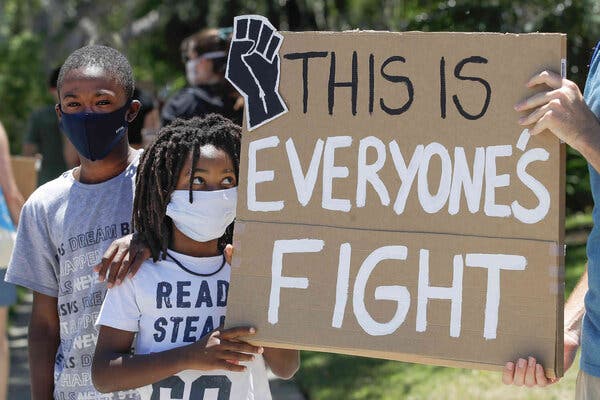
In California we had a crisis with lack of student mental health support long before the pandemic. Now it is even worse. It comes as no surprise that the pandemic has created more stress, anxiety, and other mental health issues for our children. While student mental health issues have always been there, access to school-based mental health professionals is often hard to find. California has one of the highest students-to-counselor ratios in the nation (622:1). This is nearly three times the national recommendation. Counselor-to-student ratios at elementary schools are even higher. Some K-5 schools may not even a school counselor at all. The school counseling profession has been sounding the alarm for years. California needs to make student mental health a priority. In fact there has been an increase in the number of students with Adverse Childhood Experiences (ACEs). Yet funding for school-based mental health support remains low. Not only cutting short school counselors, but also school psychologists, school social workers, and school nurses.
Even as students return to school in person, many still deal with trauma related to the pandemic. A recent study was conducted by the American Civil Liberties Union (ACLU), the California Association of School Counselors (CASC), and the Center to Close the Opportunity Gap. It highlights how far we are from the challenges that students face when it comes to mental health. In the report, students were asked to rate their mental health on a scale of 1-10, where 1 is poor and 10 is very good. Before the pandemic, 1 in 3 students surveyed rated their mental wellness below a 5. That is not good. Since the pandemic, almost twice as many students rated their mental wellness below a 5. That is nearly twice as bad. The report also found nearly half of those surveyed are nervous about returning to school. That is also twice as many as before the pandemic. There is much to be done to address student mental health. Schools need to hire additional staff. Mental health professionals think the pandemic mental health problems may last for another 2 years. We cannot afford to fail our children.
Working as a high school counselor in Southern California, I am present as students are returning to school. Some students display outward excitement and resilience. But many others come to my office with signs of stress, anxiety, and fear. I have not seen anything like this in my 11 years as a counselor. One common theme I’m finding is the concern of academic success as students struggle with the learning loss over the last school year. While one particular student worries about moving ahead in math, another worries about advancing in Spanish. Both shared their lack of confidence in the foundation set with the preceding course. Now imagine these feelings compounded with grief as 1 in 3 of students who completed our survey said they’ve lost a loved one. As a school counselor, I actively listen and validate feelings. Then I reassure them that we continue to navigate the experiences of the pandemic together. And lastly I assure them that the support they seek will be there as the year gets underway.

The ACLU report makes it clear the pandemic has caused a “hard-to-wrap-our-heads-around” level of student need. We will have even more challenges to face as an educational system to address its the many complex layers of stress from the pandemic. To help students get back on track, the federal government and the state of California have both made huge investments in education and student mental health. We commend these efforts and hope they are sustained for the wellness of our students.
As we progress through a new school year, counselors will be busy. We expect over 3,000 new school counselors will be added to California’s Workforce. Hopefully this will be get California’s student to counselor ratios closer to the national averages. This is important so that school counselors are able to reach more students who need even more mental health help through this pandemic and beyond. Counselors provide classroom lessons, small group counseling, individual support, and more. These services help to support the social and emotional development of students. Seasoned and newly hired school counselors will be tasked with determining the level of need for each student. This will not be an easy task. Looking ahead, the state and federal financial investment is a first step. This investment can bring the needed systemic change for our schools. Then our schools will not only be the hub for academic learning, but the hub for supporting mental health, while developing socially and emotionally thriving children and youth. And they are our future.
To read the full fact sheet, please click here: State of Student Wellness 2021: The Impact of The Pandemic on Student Mental Health






